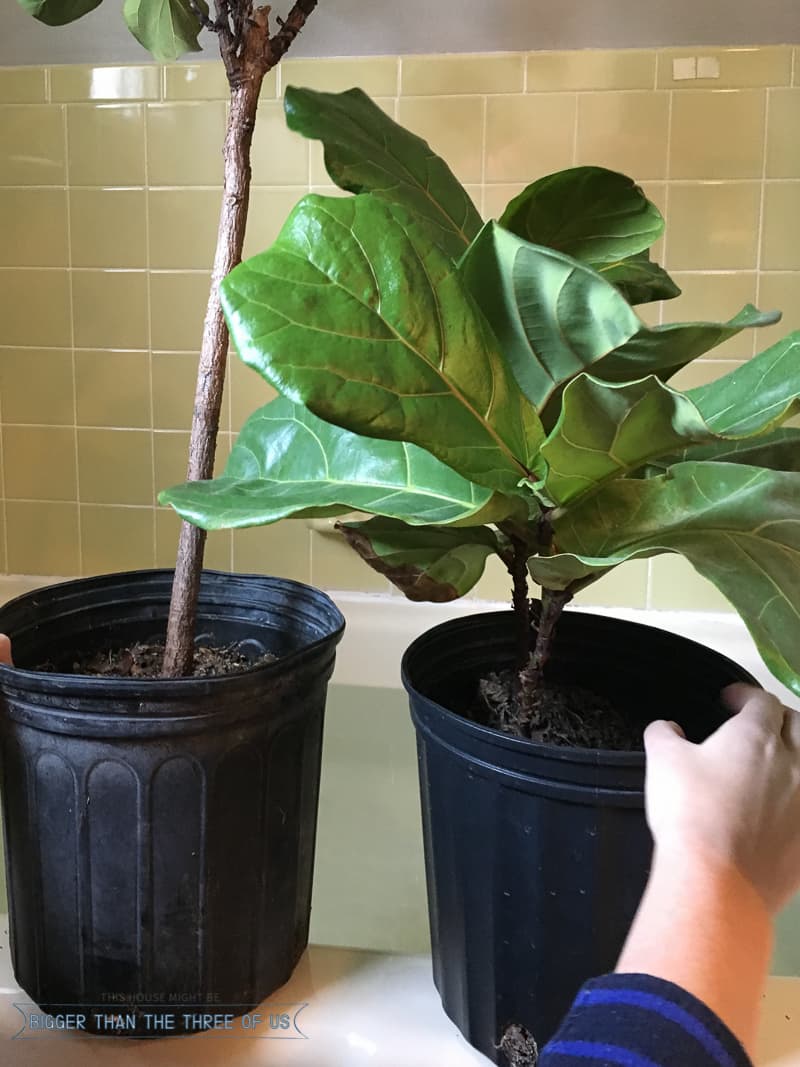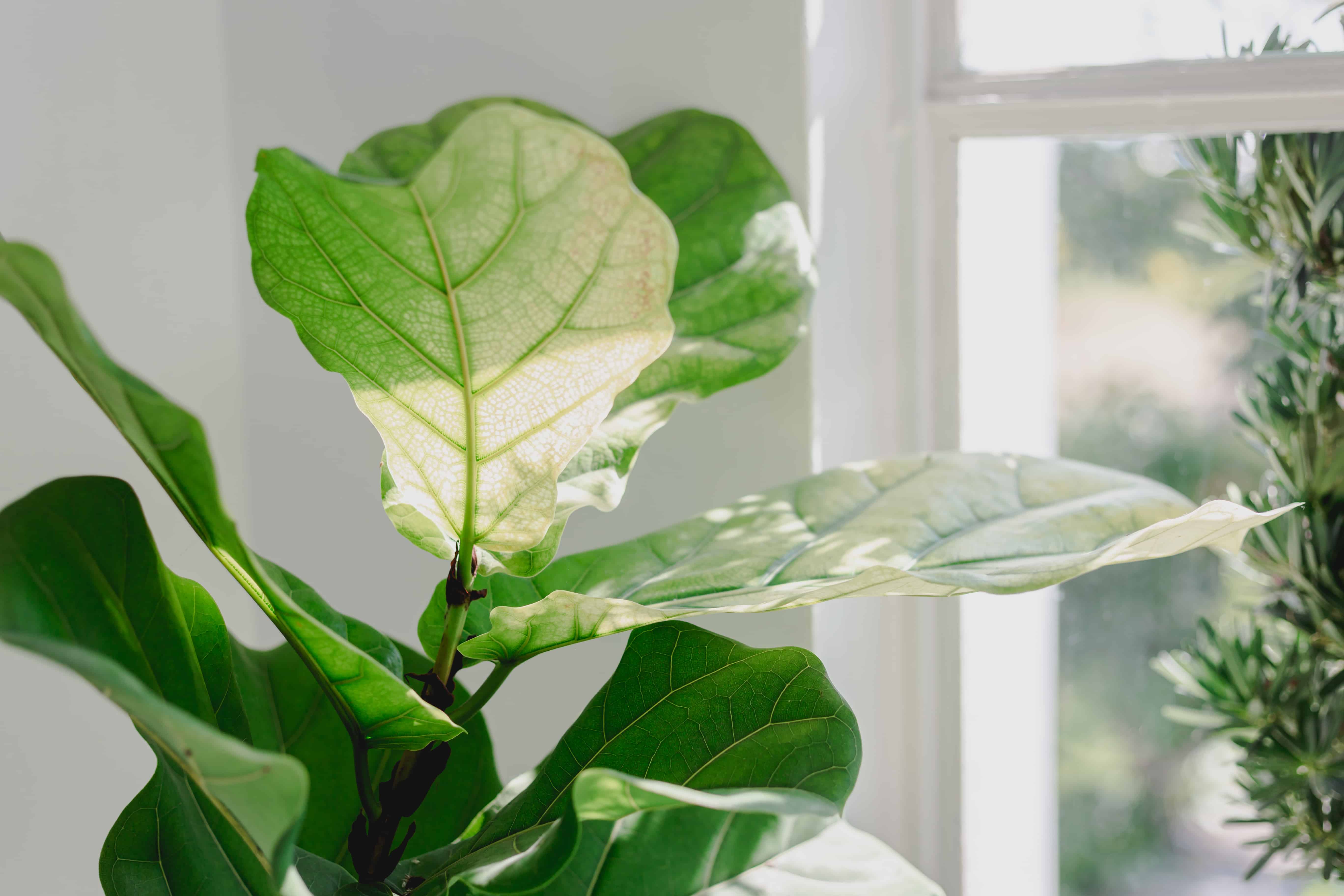Fiddle Leaf Fig Care: The Ultimate Guide

Ever walked into a beautifully designed home or office and been struck by the elegance of a tall, stately plant with large, glossy leaves? Chances are, you've encountered the fiddle leaf fig, a popular houseplant known for its dramatic foliage and striking appearance. But how do you care for fiddle leaf fig trees to ensure they thrive in your space? This ultimate guide will walk you through everything you need to know, from watering and light requirements to soil types and pest control. Let's dive in!
Understanding the Fiddle Leaf Fig
The fiddle leaf fig, scientifically known as Ficus lyrata, is a native of the tropical rainforests of West Africa. It's a member of the fig family and is prized for its large, violin-shaped leaves that can grow up to 18 inches long. In its natural habitat, the fiddle leaf fig can reach heights of up to 50 feet, but indoors, it typically grows to about 6 feet tall.
How to Care for Fiddle Leaf Fig Trees
Caring for a fiddle leaf fig involves understanding its basic needs: light, water, soil, and occasional pruning. Let's break down each of these elements to ensure your plant stays healthy and vibrant.
Fiddle Leaf Fig Light Requirements
Light is crucial for the fiddle leaf fig. These plants thrive in bright, indirect light. Think of it like a Goldilocks scenario: not too much, not too little, but just right. Direct sunlight can scorch the leaves, while too little light can cause the plant to become leggy and drop its lower leaves.
- Ideal Location: Place your fiddle leaf fig near a south-facing window where it can receive plenty of bright, indirect light.
- Avoid Direct Sunlight: If you notice the leaves turning yellow or developing brown spots, it might be getting too much direct sunlight.
- Rotate Regularly: To ensure even growth, rotate your plant every few weeks. This helps all sides of the plant get equal amounts of light.
Fiddle Leaf Fig Watering
Watering your fiddle leaf fig is a delicate balance. Overwatering can lead to root rot, while underwatering can cause the leaves to droop and turn brown. The key is to water deeply but infrequently.
- Watering Schedule: Allow the top inch of soil to dry out between waterings. This usually means watering once a week, but it can vary depending on the humidity and temperature of your home.
- Drainage: Ensure your pot has good drainage to prevent waterlogging. A pot with drainage holes and a saucer to catch excess water is ideal.
- Consistency: Consistent watering is key. Avoid letting the soil dry out completely or keeping it constantly soggy.
Fiddle Leaf Fig Soil
The right soil can make a world of difference for your fiddle leaf fig. These plants prefer well-draining soil that retains some moisture but doesn't become waterlogged.
- Soil Mix: A good potting mix for fiddle leaf figs should include perlite or vermiculite to improve drainage. You can also add some compost for extra nutrients.
- pH Level: Aim for a soil pH between 6.0 and 7.0. This neutral to slightly acidic range is ideal for fiddle leaf figs.
- Repotting: Repot your plant every 1-2 years to refresh the soil and give the roots more space to grow.
Fiddle Leaf Fig Pruning
Pruning is an essential part of fiddle leaf fig care. It helps maintain the plant's shape, encourages bushier growth, and removes any damaged or diseased leaves.
- When to Prune: The best time to prune is in the spring or early summer when the plant is actively growing.
- How to Prune: Use clean, sharp pruning shears to make cuts just above a leaf node. This encourages new growth from the node.
- Removing Damaged Leaves: If you notice any yellowing or brown leaves, remove them promptly to prevent the spread of disease.
Dealing with Fiddle Leaf Fig Pests
Even with the best care, pests can sometimes find their way to your fiddle leaf fig. Common pests include spider mites, mealybugs, and scale insects.
- Identifying Pests: Regularly inspect your plant for signs of pests, such as webbing (spider mites), white cottony masses (mealybugs), or small, round bumps (scale insects).
- Treatment: Use insecticidal soap or neem oil to treat pests. These natural solutions are effective and safe for your plant.
- Prevention: Keep your plant clean by wiping the leaves with a damp cloth. This not only removes dust but also helps you spot pests early.
Troubleshooting Common Issues
Even with the best care, issues can arise. Here are some common problems and their solutions:
- Yellowing Leaves: This can be a sign of overwatering. Allow the soil to dry out more between waterings.
- Brown Spots: These can indicate too much direct sunlight. Move your plant to a location with more indirect light.
- Drooping Leaves: This is often a sign of underwatering. Increase your watering frequency.
- Slow Growth: If your plant isn't growing as quickly as you'd like, it might need more light or a nutrient boost from fertilizer.
Conclusion
Caring for a fiddle leaf fig can be a rewarding experience. With the right light, water, soil, and occasional pruning, your plant can thrive and add a touch of elegance to your space. Remember, consistency is key. Regularly check your plant for signs of stress and adjust your care routine as needed.
Ready to become a fiddle leaf fig pro? Start with the basics and watch your plant flourish. Happy gardening!
FAQs
How often should I water my fiddle leaf fig?
- Water your fiddle leaf fig once a week, allowing the top inch of soil to dry out between waterings.
What kind of light does a fiddle leaf fig need?
- Fiddle leaf figs thrive in bright, indirect light. Avoid direct sunlight, which can scorch the leaves.
How do I prune my fiddle leaf fig?
- Prune in the spring or early summer, using clean, sharp shears to make cuts just above a leaf node.
What pests commonly affect fiddle leaf figs?
- Common pests include spider mites, mealybugs, and scale insects. Treat with insecticidal soap or neem oil.
Why are my fiddle leaf fig's leaves turning yellow?
- Yellowing leaves can be a sign of overwatering. Allow the soil to dry out more between waterings.


0 Response to "Fiddle Leaf Fig Care: The Ultimate Guide"
Post a Comment